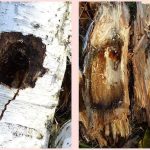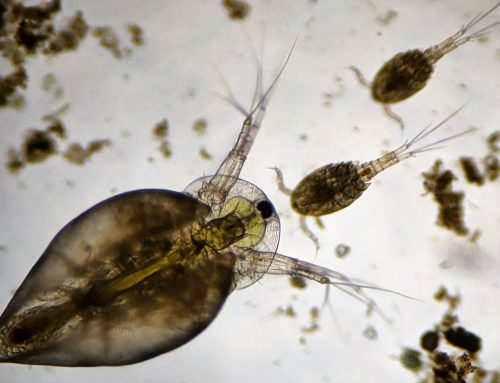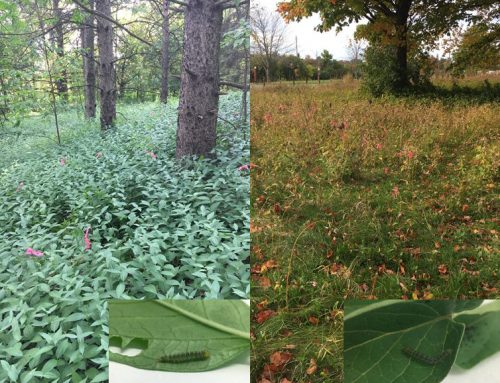by Christine Hanrahan
The FWG’s November blog is up and running now (http://www.pbase.com/fwg/fwg_blog_november_2013). It was kick-started by some excellent photos from Robert Berry. I’ve added a few more, and there’ll be more to come as the month progresses.
Incipient winter is felt in the decreasing numbers of birds and the almost entire lack of insects at the garden now. However, one hardy Clouded Sulphur was still fluttering around on the edge of the Old Field, and several flies were clustered high up on the sunny walls of the interpretive centre. A small brown moth flew up from the grass near the butterfly meadow and vanished before I could get a good look. Diane says it could be either Bruce’s Spanworm (Operophtera bruceata) or the Autumn Moth (Epirrita autumnata). There will still be a few insects and spiders, but hard to find.
As for birds, a big flock each of robins and starlings made for a cacophonous din. Smaller numbers of House Finches,Black-capped Chickadees, Northern Cardinals, Cedar Waxwings, Downy Woodpeckers, Blue Jays, and White-breasted Nuthatches were also found. Overhead, Ring-billed Gulls and flocks of Canada Geese. We should start to see tree sparrows and other late autumn visitors soon. I’ve found the tree sparrows elsewhere around Ottawa, and I’ve heard reports of snow buntings in the area. They sometimes appear on the farm, and in the big (recently cut) crop field by the red barn.
While walking past the Ash Woods, I saw that one of the birch snags (standing dead tree), containing an old cavity nest site, had fallen and smashed into several pieces. A few years ago in winter, a downy woodpecker began to work on this birch snag looking for food. In the spring of the following year, a pair of Black-capped Chickadees spent a considerable time excavating the cavity as a nest site. They worked endlessly on it, ferrying mouthful after mouthful of excavated material away from the site. But after much work, they abandoned the site. When I picked up the bit with the hole (cavity) in it, it fell apart in my hands, revealing the interior where the chickadees had worked. Pretty impressive work for two small birds!
Red squirrels are very noticeable now, and chipmunks are particularly busy stocking their underground larders before hibernating for the winter (well, they are not true hibernators, but that’s another story).
***I’ve created a new gallery to show the work of participants in Barry Cottam’s photography workshop held in early autumn at the FWG. The photos are gorgeous! I really encourage you to take a look. The three best shots of each photographer’s work, selected by themselves, is posted here: http://www.pbase.com/fwg/photo_workshop_2013
- American Robin
- Black-capped Chickadee nest cavity in birch tree
- Eastern Chipmunks










I learn so much on this blog! Thanks for your continued posts! : )